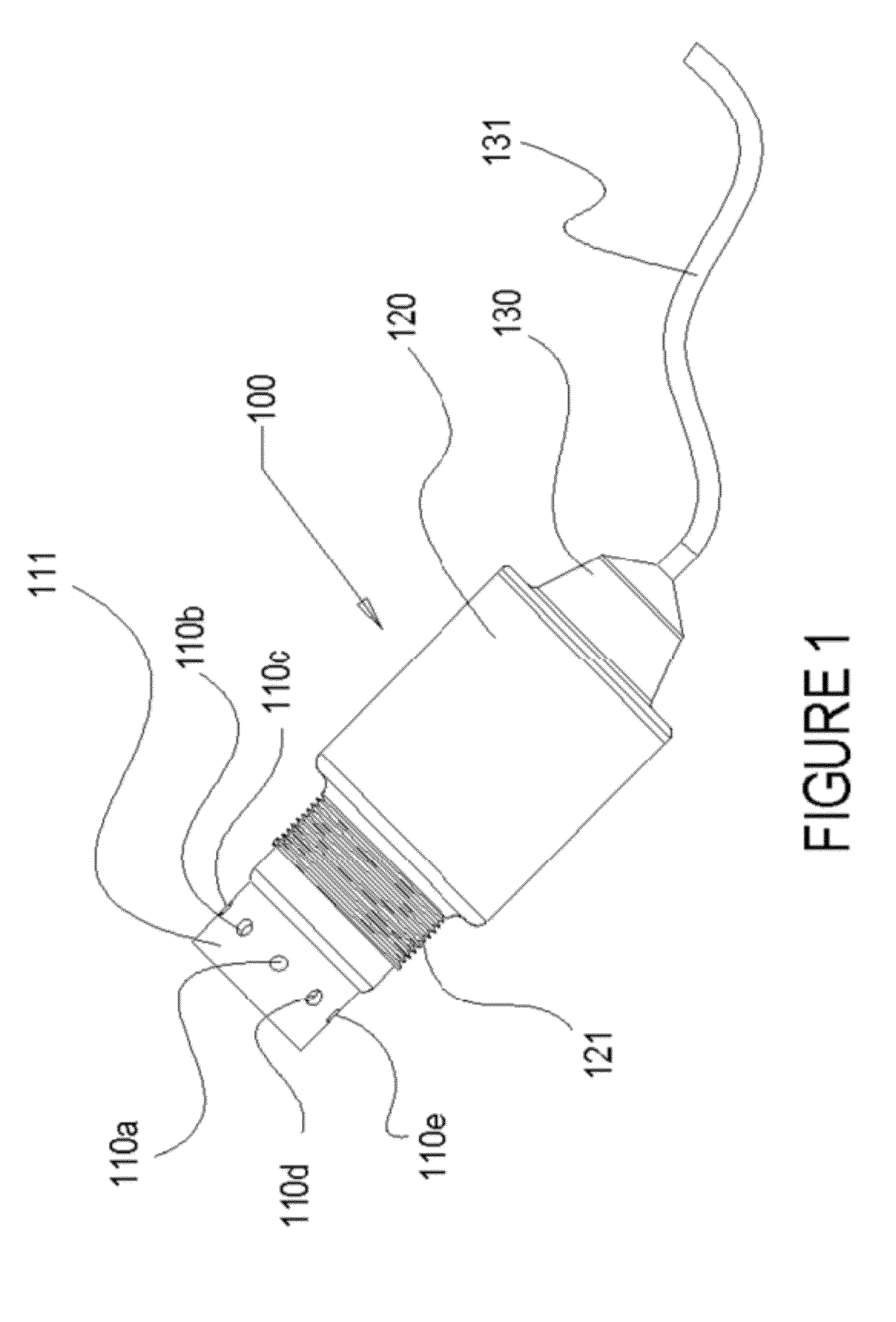Method and apparatus for in-situ measurement of soot by electron spin resonance (ESR) spectrometry
a technology of electron spin resonance and in-situ measurement, applied in the field of electron spin resonance (esr) spectrometry, can solve the problems of insufficient monitoring of in-situ soot, inhalation of fine particles is associated with serious health effects, and prior art technology is subject to fouling
- Summary
- Abstract
- Description
- Claims
- Application Information
AI Technical Summary
Problems solved by technology
Method used
Image
Examples
Embodiment Construction
[0049]The invention relates to the field of electron spin resonance (ESR) spectrometry and, more particularly, to the use of such technology for sensing the real-time, in situ emissions of soot particulates in the exhaust of operating machinery, and to a system for using the soot sensor for feedback control of the operating parameters to reduce or substantially eliminate soot emissions. The following description is presented to enable one of ordinary skill in the art to make and use the invention and to incorporate it in the context of particular applications. Various modifications, as well as a variety of uses in different applications will be readily apparent to those skilled in the art, and the general principles defined herein may be applied to a wide range of embodiments. Thus, the present invention is not intended to be limited to the embodiments presented, but is to be accorded the widest scope consistent with the principles and novel features disclosed herein.
[0050]In the fo...
PUM
 Login to View More
Login to View More Abstract
Description
Claims
Application Information
 Login to View More
Login to View More - R&D
- Intellectual Property
- Life Sciences
- Materials
- Tech Scout
- Unparalleled Data Quality
- Higher Quality Content
- 60% Fewer Hallucinations
Browse by: Latest US Patents, China's latest patents, Technical Efficacy Thesaurus, Application Domain, Technology Topic, Popular Technical Reports.
© 2025 PatSnap. All rights reserved.Legal|Privacy policy|Modern Slavery Act Transparency Statement|Sitemap|About US| Contact US: help@patsnap.com



